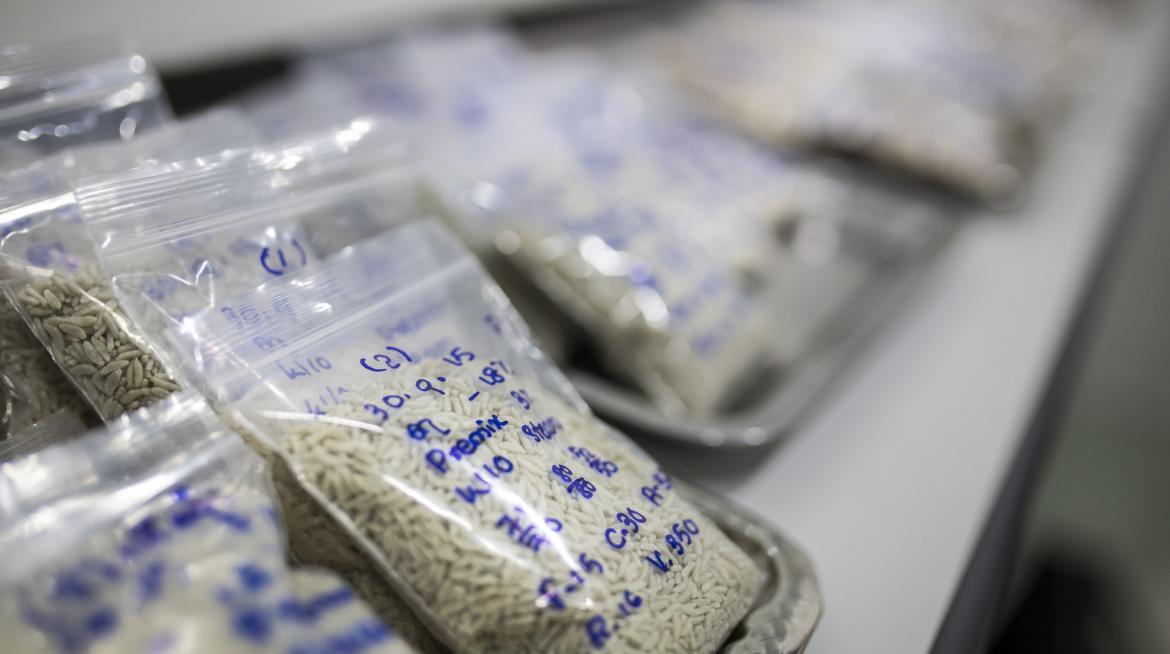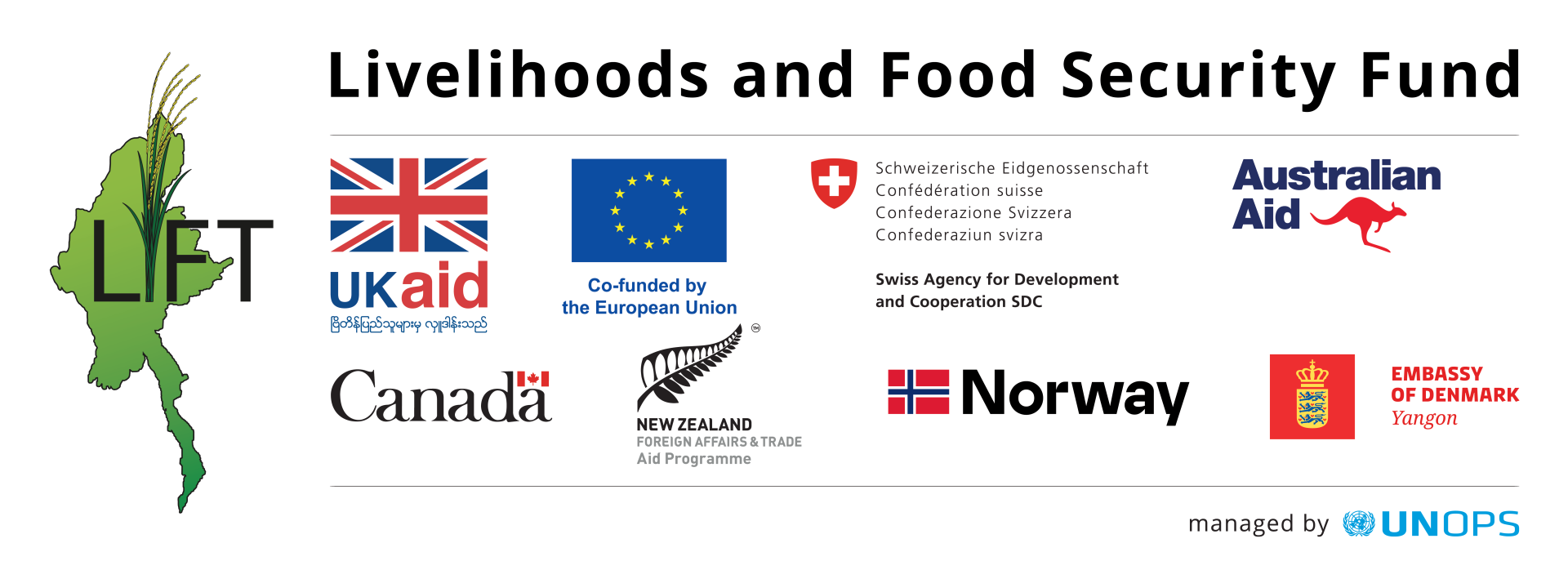
LIFT is funding the Fortified Rice Project, implemented by partner PATH.
Earlier this month, the Ministry of Health, alongside representatives from the rice industry, international development organisations and United Nations agencies, announced the launch of fortified rice, a new blend of rice infused with essential vitamins and minerals.
“Rice is the centre of our diet in Myanmar. We consume more rice per person than just about any country in the world. Fortifying this staple food is an affordable and effective way to address micronutrient deficiencies, and it won’t require people to change their eating habits,” said Dr Thein Thein Htay, Deputy Minister at the Ministry of Health.
In Myanmar, 37 per cent of preschool-age children have subclinical vitamin A deficiencies and nearly three out of four pregnant women are anemic. These deficiencies have lifelong consequences for health, productivity, and mental development. Worldwide, micronutrient deficiencies are associated with 10 per cent of all child deaths.
“Rice fortification has proven effective in reducing micronutrient deficiencies in more than 30 clinical trials across the globe,” said Kathy Cahill, vice president for International Development at PATH. “Across cultures, it is easily adopted because it has the same look, taste, and feel as traditional rice.”
 Participants at the launch had the opportunity to taste test the new rice. Prior tests have illustrated that most people cannot distinguish a difference in taste between regular and fortified rice.
Participants at the launch had the opportunity to taste test the new rice. Prior tests have illustrated that most people cannot distinguish a difference in taste between regular and fortified rice.
PATH, an international nongovernmental organisation, has been working with public- and private-sector partners to support the introduction of fortified rice in Myanmar, with project funding from LIFT.
“PATH has provided technical assistance to local companies to import, install, and test the equipment necessary to produce fortified rice,” said U Nay Lin Zin, joint secretary of the Myanmar Rice Federation. “These companies are combining rice flour with a premix of eight essential vitamins and minerals and then extruding it through pasta-making equipment, which forms it into the shape of rice. These grains are then blended with traditional rice at a composition of just 1 to 2 fortified grains per 100 grains of regular rice.”
The rice industry expects strong consumer demand for fortified rice, which they anticipate will appeal to mothers concerned with good health and nutrition for their families. Packaged bags of fortified rice stamped with the National Nutrition Centre’s quality seal will be available on market shelves across the country in early 2016. In addition, organisations including the United Nations World Food Programme will distribute fortified rice through social safety net programmes for vulnerable populations, such as individuals with HIV or tuberculosis.
 PATH’s Kathy Cahill highlighted the importance of public-private partnership: “The Myanmar government is doing their part to encourage rice fortification and to enforce quality-control mechanisms to protect consumers. Their ongoing commitment combined with growing demand for fortified rice in the private market will ensure long-term sustainable impact.”
PATH’s Kathy Cahill highlighted the importance of public-private partnership: “The Myanmar government is doing their part to encourage rice fortification and to enforce quality-control mechanisms to protect consumers. Their ongoing commitment combined with growing demand for fortified rice in the private market will ensure long-term sustainable impact.”
The launch event received significant TV, radio and print news coverage.
Please read the project fact sheet here


